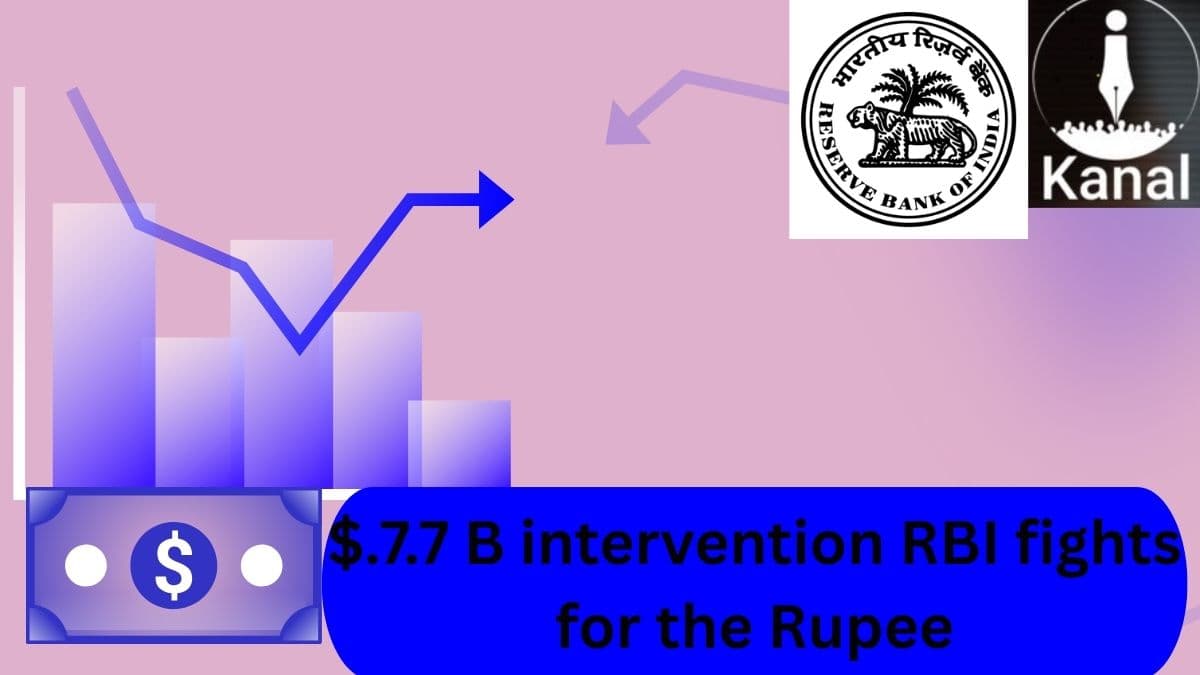RBI Dips into Reserves to Defend the Rupee
The Reserve Bank of India acted decisively in August, selling a net total of $7.7 billion (£6.2 billion) in foreign currency to prevent the Indian rupee from falling too sharply against the US dollar, demonstrating its commitment to currency stability.

Author: Nimmydev
Published: October 22, 2025
India’s central bank, the Reserve Bank of India (RBI), took extraordinary measures to support the domestic currency in August, according to the latest figures on its market operations. The RBI was a substantial net seller of foreign currency, disposing of $7.7 billion from its foreign exchange reserves. This aggressive intervention was a direct attempt to arrest the rupee’s fall, a necessary move to quell volatility in the forex market and protect the nation’s economy from the inflationary pressures of a weakening currency;Business Line reported.
Advertisement
The Reason Behind the Action
The rupee, like many emerging market currencies, has faced considerable pressure from a stronger US dollar and persistent global economic uncertainty. When the rupee loses value (depreciates), it takes more rupees to buy essential imports, such as crude oil, machinery, and electronics. This makes imports more expensive, which quickly feeds into higher prices for consumers across India a situation known as imported inflation. By stepping in, the RBI aims to smooth out this volatility and maintain confidence in the currency.
How the Intervention Works
The RBI’s operation is a classic example of central bank currency management. The primary goal is to increase the supply of the US dollar (USD) in the domestic market.
Advertisement
- Selling Dollars: The RBI uses its vast foreign exchange reserves (held largely in USD) to sell to commercial banks and authorised dealers.
- Absorbing Rupees: In exchange for the dollars it sells, the central bank takes out an equivalent amount of Indian rupees (INR) from the market.
This dual action simultaneously lowers the demand for the USD while reducing the supply of the INR. According to the basic principles of economics, this intervention helps to boost the rupee's value relative to the dollar, or at least slow down its pace of decline, which is what the RBI refers to as 'arresting the fall'.
The Cost and Implication
The net sale of $7.7 billion is a significant amount and highlights the magnitude of the pressure the rupee faced during that month. While effective in the short term, such large-scale selling leads to a reduction in India's overall Foreign Exchange (Forex) Reserves.
Advertisement
These reserves act as a crucial buffer for the nation, helping to cover import bills and assuring international lenders of India's financial strength. Although the country’s reserves remain comfortable, the intervention serves as a clear signal: the RBI is prepared to use its firepower to defend the rupee and will not allow speculative activity or external shocks to destabilise the financial system unchecked. This commitment to market stabilisation is vital for India's long-term economic outlook.
No comments yet.
